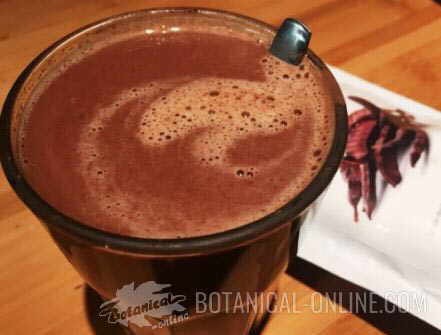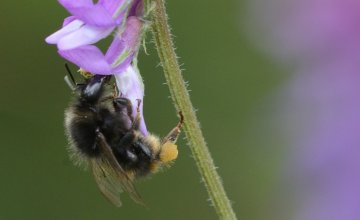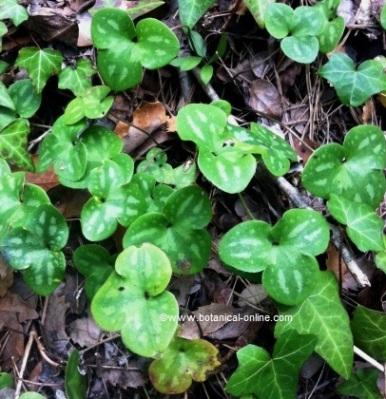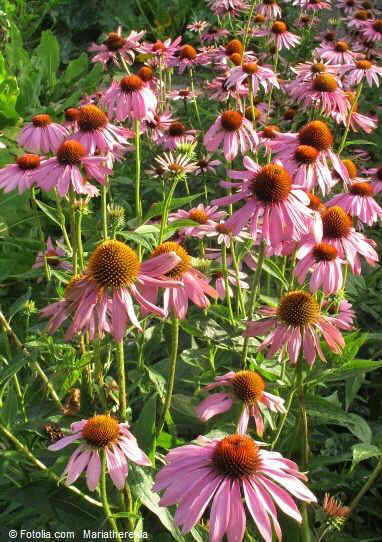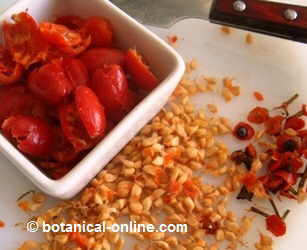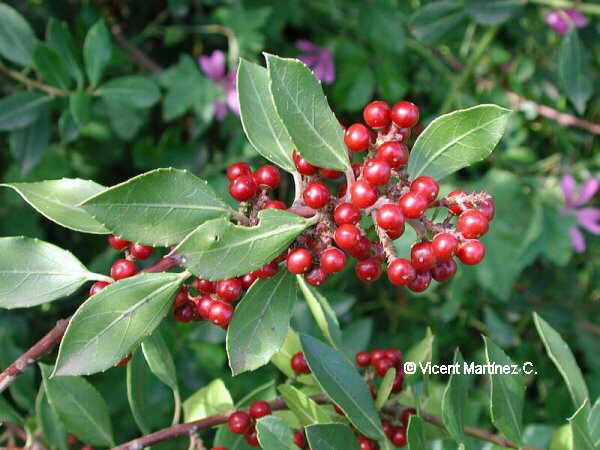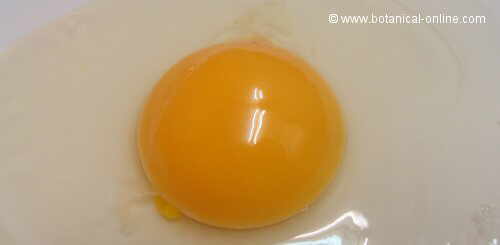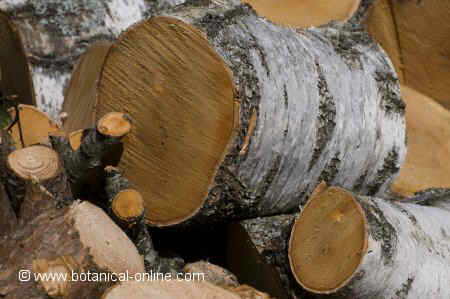Contents
- 1 NUTRITIONAL VALUE OF CAROB BEANS
- 1.1 Edible properties of carob beans
- 1.2 Table of nutritional composition of carob
- 1.3 OTHER USES OF CAROB BEANS
- 1.4 Food properties of carob tree
- 1.5 How to cook with carob flour?
- 1.6 Carob flour as a substitute for cocoa
- 1.7 Carob chocolate
- 1.8 What are the differences between cocoa and carob?
- 1.9 Other uses of carob tree
NUTRITIONAL VALUE OF CAROB BEANS
Edible properties of carob beans
Carob bean is a very nutritious fruit, although frequently, its nutritional value is unknown, especially outside its region of origin, that is the Mediterranean zone.
For example, carob tree is widespread in South Africa, particularly in the Western Cape, where its food use is barely known and most of these pods are discarded each year.
Table of nutritional composition of carob
Below there is a table with the nutritional composition of carob flour. Measurements must be taken per 100 g of product, while the amount usually taken per serving is usually one or two teaspoons (5- 20 grams):
| Composition of carob flour per 100 gr. | |
| Water | 3,58 g |
| Calories | 222 Kcal |
| Fat | 0,65 g |
| Protein | 4,62 g |
| Carbohydrates | 88,88 g |
| Fiber | 39,8 g |
| Potassium | 827 mg |
| Phosphorus | 79 mg |
| Iron | 2,94 mg |
| Sodium | 35 mg |
| Magnesium | 54 mg |
| Calcium | 348 mg |
| Zinc | 0,92 mg |
| Vitamin C | 0,4 mg |
| Vitamin A | 14 UI |
| Vitamin B1 (Thiamin) | 0,05 mg |
| Vitamin B2 (Riboflavin) | 0,46 mg |
| Vitamin B3 (Niacin) | 1,897 mg |
| Vitamin B6 (Pyridoxine) | 0,336 mg |
| Vitamin E | 0,63 mg |
| Vitamin B9 (Folic acid) | 29 mcg |
![]() high content in this component
high content in this component
OTHER USES OF CAROB BEANS
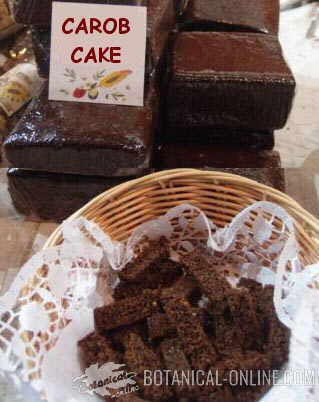
Photo of sponge cake with carob flour, exquisite flavor, nothing to envy to chocolate
Food properties of carob tree
The fruit of carob tree is edible. It is a food that provides energy because of its richness in carbohydrates, making it ideal for making creams for children, for athletes and, in general, for those who want to increase the range of healthy foods in their diet.
As for its protein content, carob beans are one of the richest fruits in glycine and glutamic acid, although its content in methionine is low or insufficient.
Currently, carob is mainly used as a substitute for chocolate, as it is a sweet and delicious alternative, lacking the stimulating properties of cocoa, presenting as an excellent alternative for people with hyperactivity, insomnia, or sensitivity to caffeine containing cocoa.
How to cook with carob flour?
Carob flour is an increasingly common ingredient in desserts and breakfast recipes. There are bakers who use it regularly in their recipes and who have become real experts.
It can be used in elaborate preparations or in recipes as simple as sprinkling carob on fruits.
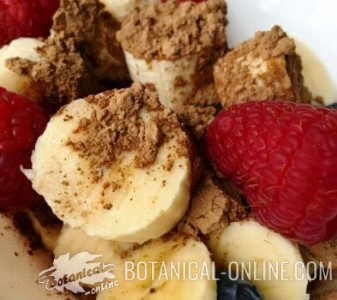 Carob can be sprinkled on fruits
Carob can be sprinkled on fruits
Carob flour as a substitute for cocoa
Carob meal made with the dried flesh of the fruit or carob can be used to make a substitute of cocoa in the preparation of chocolate or also for the preparation of patties that are ideal in case of intestinal problems.
* More information: Carob cream recipe
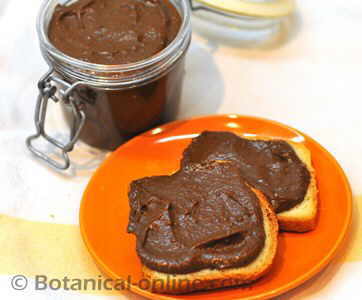
Carob cream recipe
Carob chocolate
One of the most successful recipes that are prepared with carob is hot chocolate, which may or may not have cocoa (why to eliminate a food as healthy as cocoa, if we can combine the two?)
What are the differences between cocoa and carob?
Carob flour has a very similar appearance to cocoa powder, but its properties and composition are very different.
Pure cocoa is richer in fats than carob and contains fewer sugars. In contrast, carob is sweeter and does not have as many fats as cocoa, which makes it sweeter and more digestive…
* More information: Differences between cocoa and carob
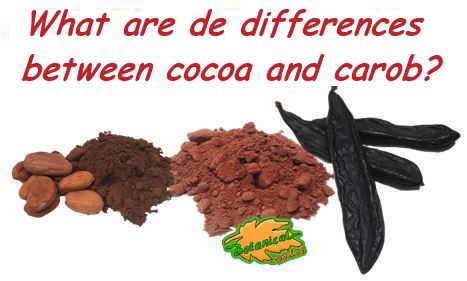
Cocoa flour seeds and powder (on the left) and and carob flour, powder and fruits (on the right)
Other uses of carob tree
- Food thickener: The food industry uses the seeds of carob to make a food thickener, very useful in making many foods: baked goods, jams, jellies, canned fruits and vegetables, Ice cream, dairy drinks, etc. It is called locust bean gum (or E-410). Its fiber is soluble, formed by the monosaccharides mannose and galactose.
- Ornamental tree: Carob tree is also used as a tree for garden decoration.
- Animal feed: Carob beans are used to feed livestock. Its dry pulses are eaten by cattle and enter into the composition of many feedingstuffs for animal feed in general. It is a food that provides a lot of fat so it is usually offered to pigs, along with other plant-type foods such as acorns, figs or chestnuts.
Related information: Carob beans medicinals properties
![]() More information on carob.
More information on carob.

